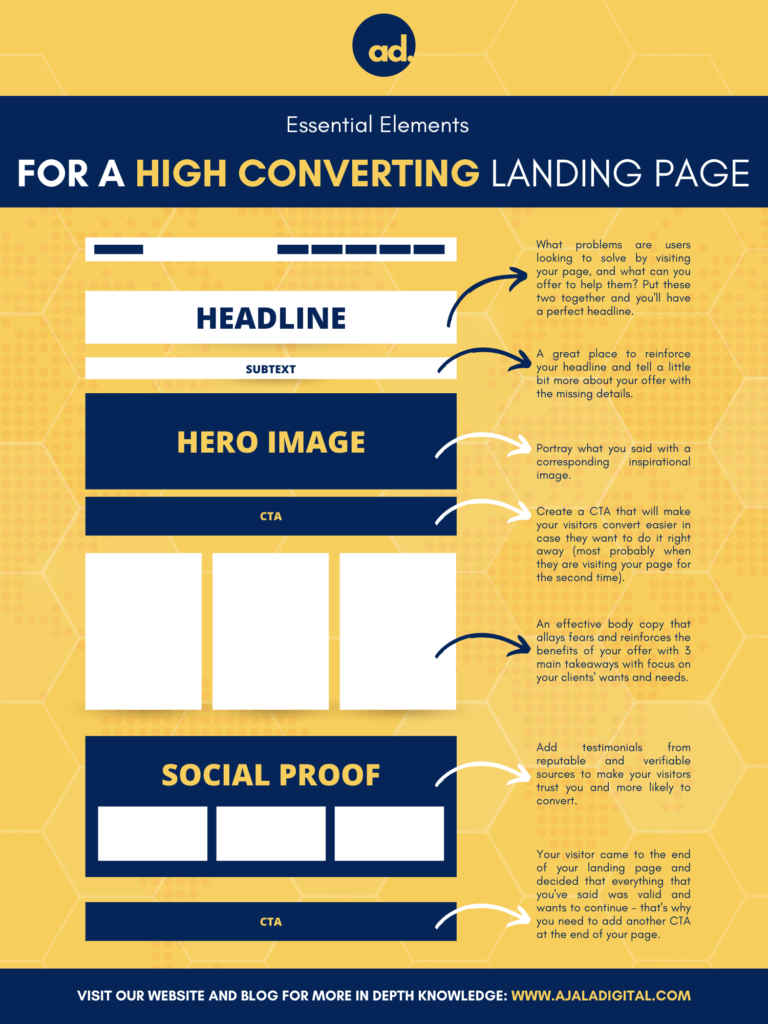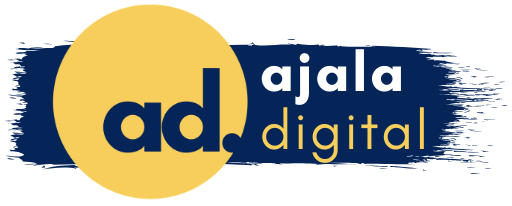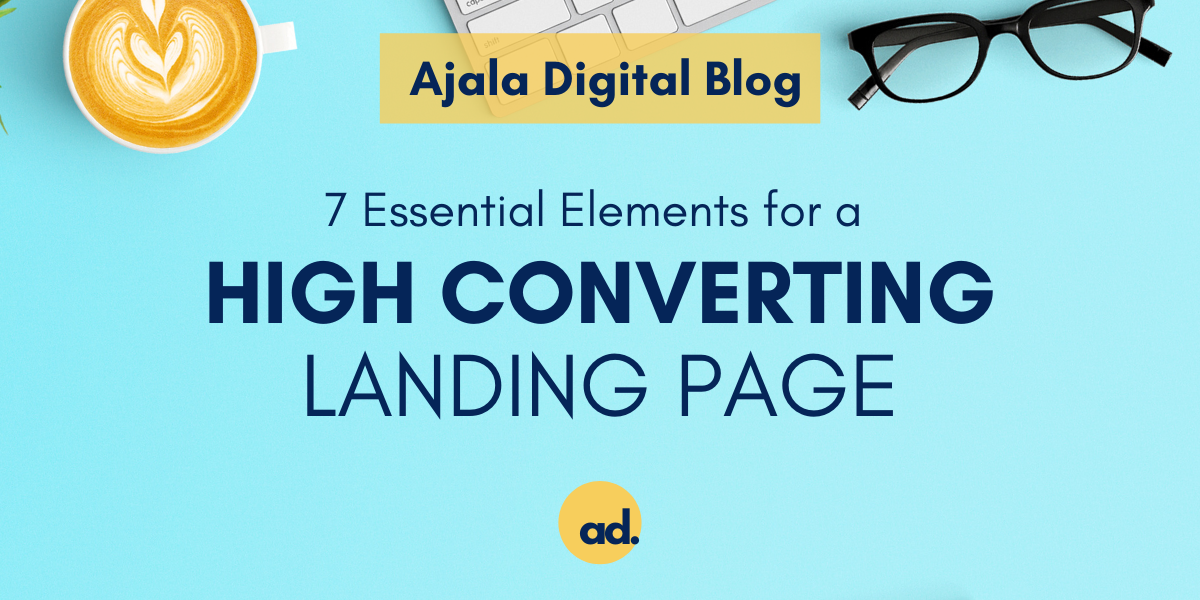
7. Final Call To Action
The last and final section of any high converting landing page is – you guessed it – another call to action. Now you may be wondering: “Didn’t we already have a call to action in the middle of the landing page?”, which to answer your question, would be yes!
As with the first call to action, the location in which it appears matters. With this final call to action, you’re presenting your offer once again to the reader – however, it comes AFTER your reader has a complete overview of the benefits, promises, and results they can expect. Compared to the initial CTA – which exists simply to psychologically warm your reader up to the idea of taking action, this final CTA will be the one to get your reader to actually follow through and do something.
Another reason behind including a call to action as your last element is convenience. If your reader is motivated and raring to take you up on your offer, the last thing they’d want to do is scroll all the way back up the page to try and find that one tiny link you’ve included. Doing so creates inconvenience, which can actually hurt your results and possibly turn your prospects away.
Make it as convenient as possible for your reader to take action, and they’ll obey your suggestions without question.



